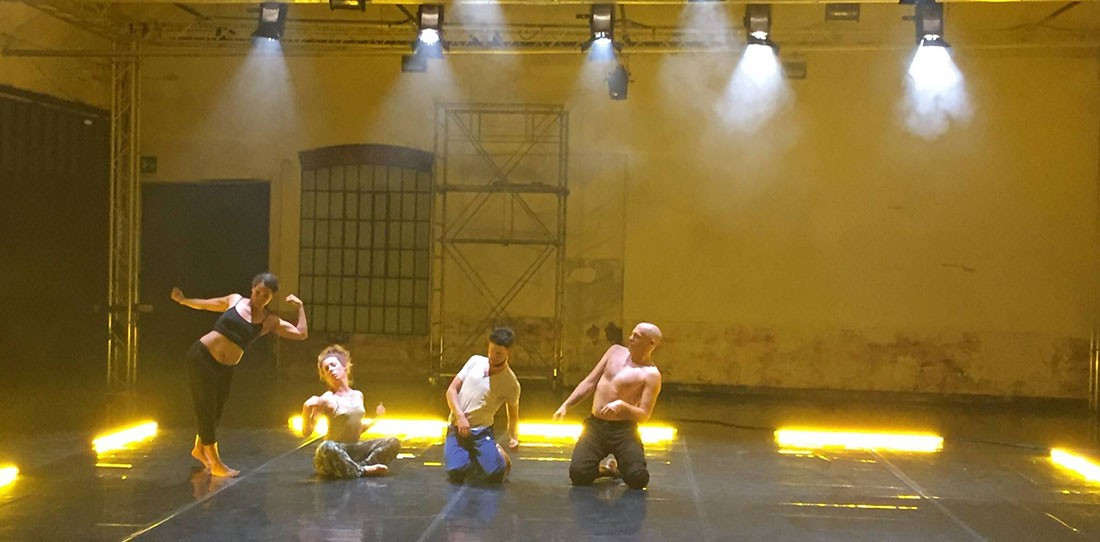Dance Evolution
Depicting the various evolutions humanity has experienced through dance
Dance, a physically demanding art form, can offer a unique, emotionally dynamic experience where both performers and audience members contribute energy to the art piece. Animal Triste is a dance piece that creates this kind of dynamic atmosphere.
Animal Triste, which has been performed in Brazil, France, Israel and many other countries, comes to Winnipeg for the first time and is showing from Feb. 13 to 15 at the Rachel Browne Theatre. The show’s creator, Mélanie Demers, says the performance was inspired by Sapiens, a book by anthropologist Yuval Noah Harari.
“I had a desire to put in a live art dance piece that same kind of evolution that I was reading in that book, starting from a settler evolution to something more animalistic, then something more human and civilized and eventually more spiritual,” she says.
“The pieces really build on the chapters of evolution of our beings and our destinies as humans, and the title is taken out of the Latin proverb, “Post coitum omne animalium triste est” (after sex, all animals are sad), which depicts the nostalgia or melancholy that accompanies reproduction or the desire to it, and resentment that can come with it.”
The show also highlights the evolution of living together. As immigration, the construction of borders and racial and cultural divisions continue to be a dominant topic in media, Demers says the performance’s depiction of community can shed a positive artistic light on these social issues.
“If you reflect on what we are, we are nothing in the greater scheme of things,” she says.
“Within those divisions, we will, as a race and people, go on. This reflection of connection, social behaviours and our needs to belong is so strong that it is a good medium to put this desire under the spotlight.”
The performance, full of energy and dynamic movement, can be challenging for the performers, and Demers says the dancers must reinvent themselves nearly every performance, which adds to the show’s difficulty.
“There is a lot of improvisation, even though the piece is really structured. So the dancers need to recreate themselves, reinventing their own part within this structure, so this aspect can be challenging. For it to be lively, I create very strict rules and then instruct them, and they must reinvent themselves in a way that is not very visible to the audience, but you feel that tension and the awareness they have for each other.”
Performer Marc Boivin concurs and highlights the importance of the awareness that each dancer must have to make the show a success.
“This piece is a real ensemble piece,” he says.
“It is on a very deep level. It focuses a lot on the listening process between performers, and many times Mélanie sets up a work where it is choreographed in such a way that there are structures assigned in space in our bodies that become alive only because of the impact of the others around us. Not so much a decision making, more like a high-level of reactivity of what is going on between the people that makes those choices come alive. What is going on will change depending on who is doing what.”
Rachel Browne Theatre is located on 211 Bannatyne Avenue, and tickets can be purchased online at brownpapertickets.com.
Published in Volume 74, Number 17 of The Uniter (February 6, 2020)








